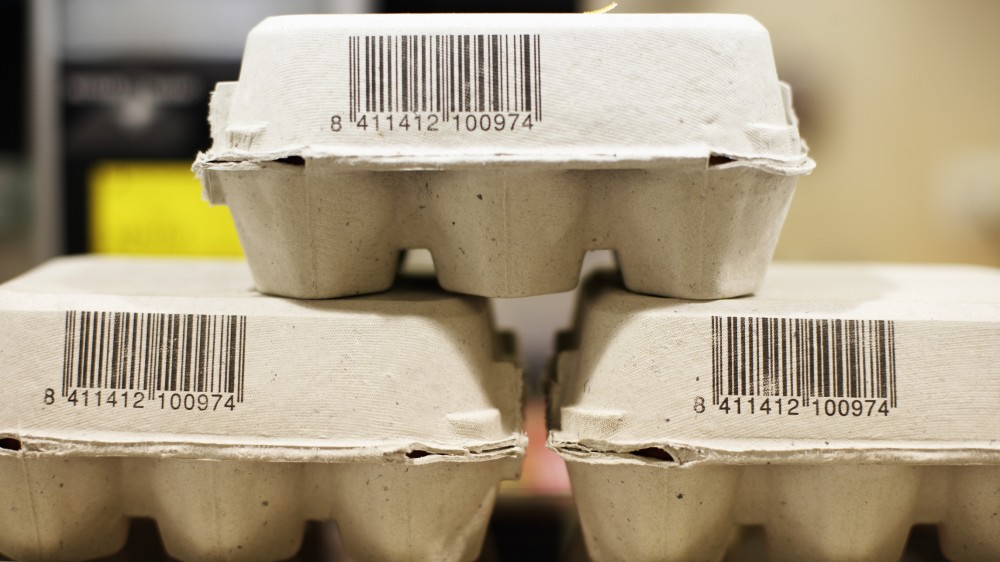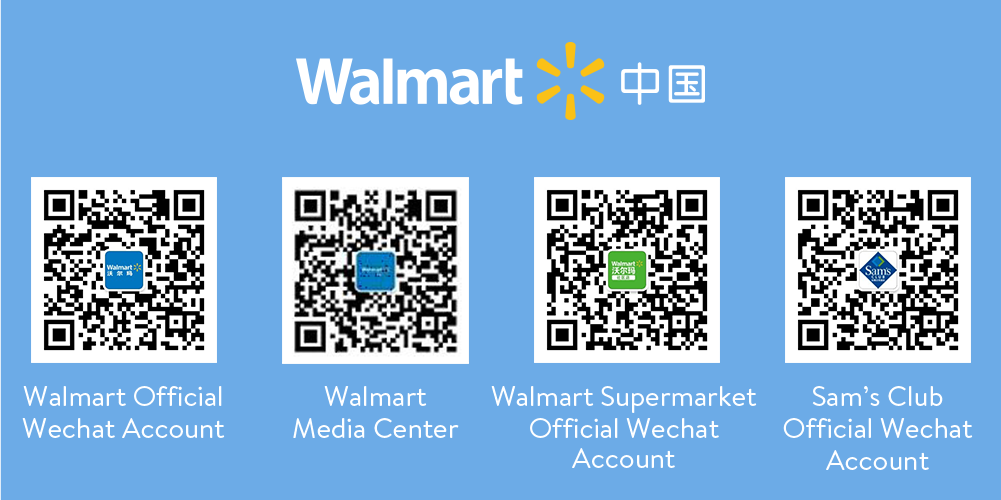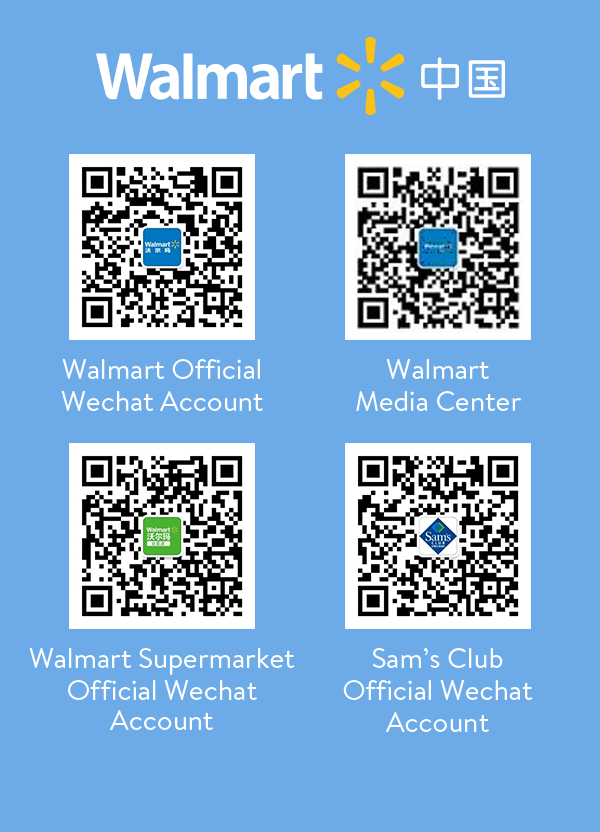
About Us
Newsroom
Responsibility
Supplier Service
CN
EN

Walmart, in partnership with IBM Research and Tsinghua University, will pilot a food traceability system in China based on blockchain technology. The ultimate goal of the program will be to create a solution for food traceability that helps support the government's priorities and becomes a standard for industry in China. Walmart can help create opportunities to expand government engagement on issues of innovation in China on the priority issue of food safety. Further, the program will address the growing requirement to establish a traceability system for our operations in China, and can help deepen consumer trust.
Today, food traceability is a top priority for the Chinese government, particularly within the Ministry of Agriculture and the Food and Drug Administration. The government demands that all businesses along the supply chain operate compliantly, but local implementation of the national mandate for traceability places a heavy burden on Chinese business to comply with demands that differ across provinces and cities. The pilot will start in one or two major cities, with the goal of creating a system with the capability to interface with different industry and government systems.

Blockchain operates as a public ledger, allowing participants to self-audit the system. Currently its most famous application is crypto-currency bitcoin. Applied to consumer products, blockchain does not require the typical proprietary encryption technology, but rather maintains its integrity through a public ledger. Blockchain can thus curtail fraudulent entries into the food system while providing a system with a low barrier of entry to suppliers – both key issues in China.
The project will proceed in three phases. In the first, the cooperation of Walmart, IBM research, Tsinghua, and the pilot suppliers will be consolidated. During the second phase, partners will build the traceability system, work out compatibility with current systems, and expand cooperation with government stakeholders over a one year period. The third phase will look at broader system functionalities to address food safety issues and strive to advance broad adoption of the system.

 Walmart Hypermarket Mini Program
Walmart Hypermarket Mini Program Sam’s Club APP
Sam’s Club APP




